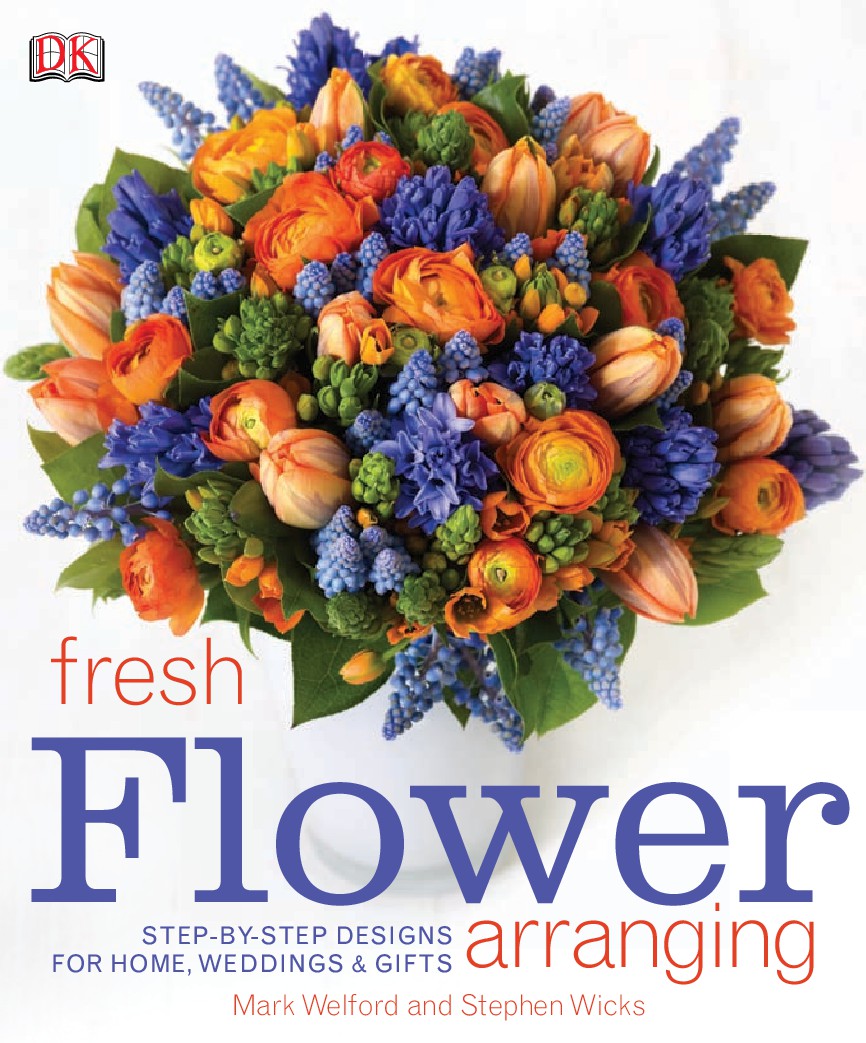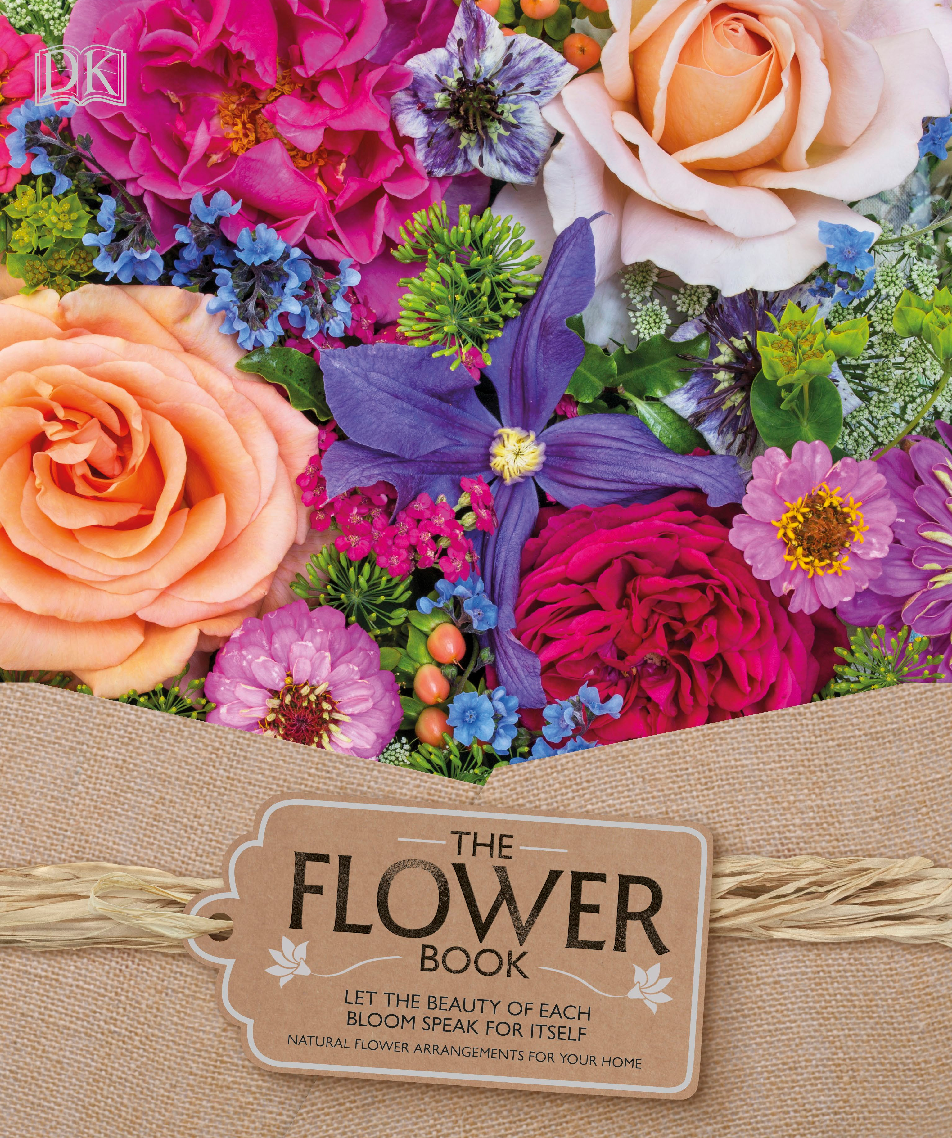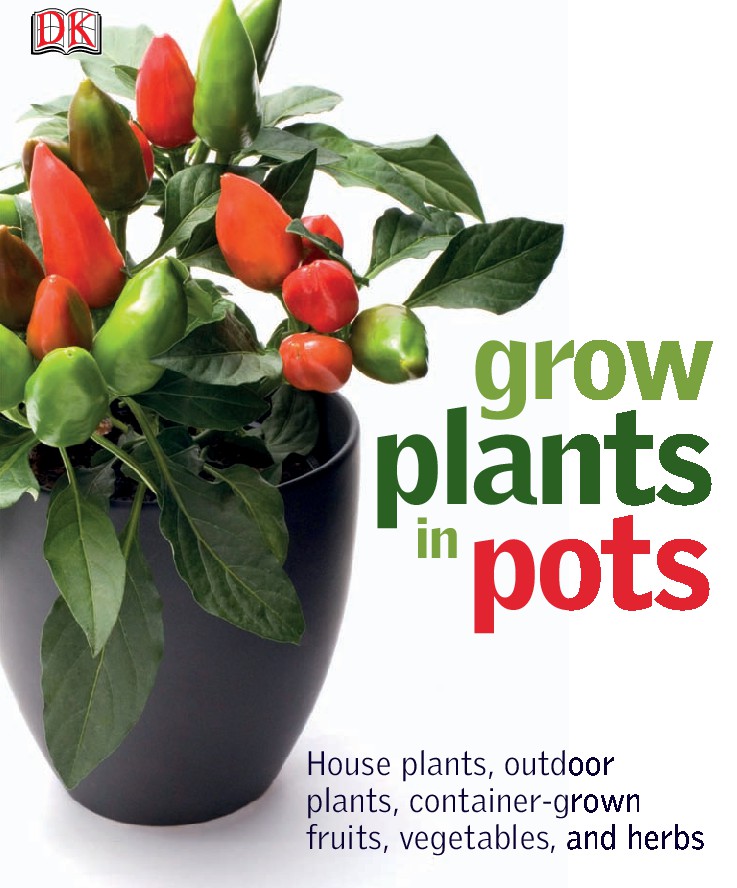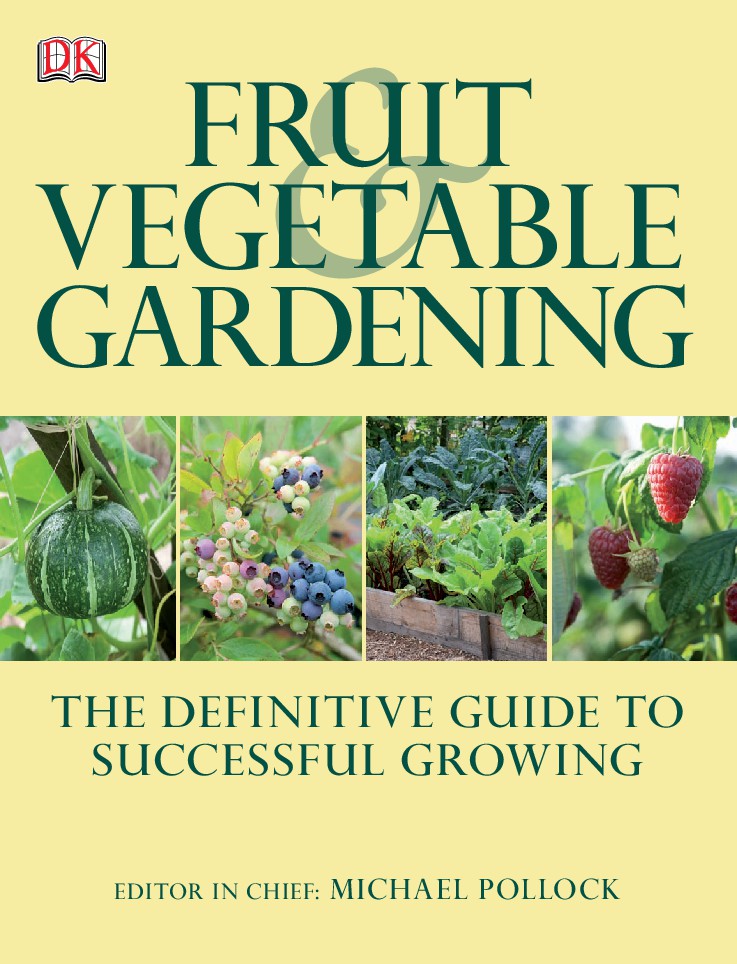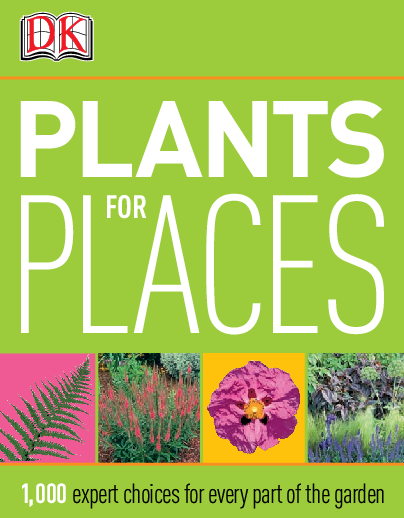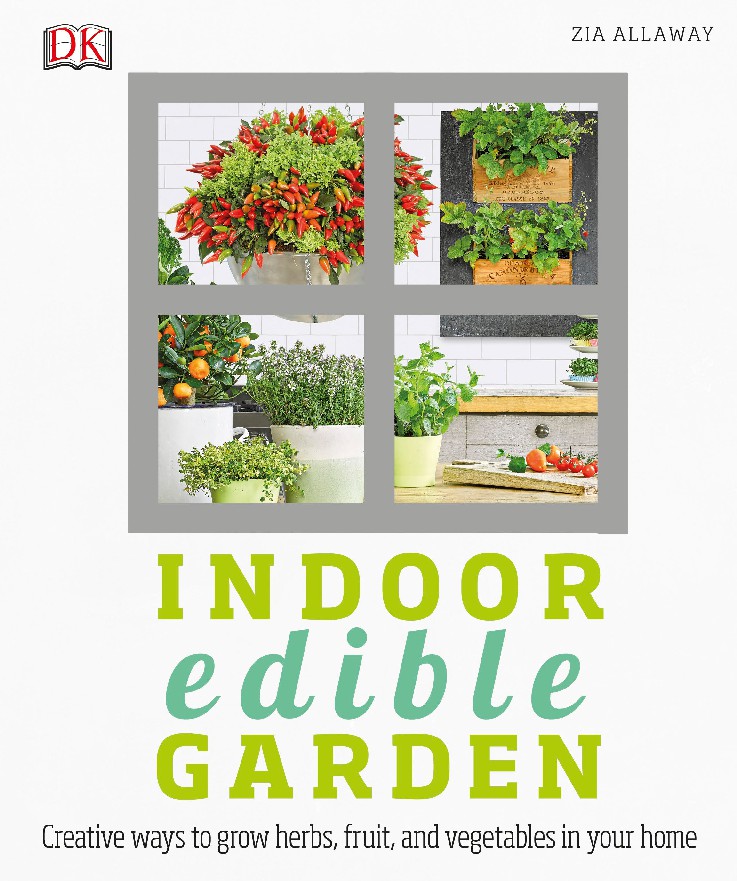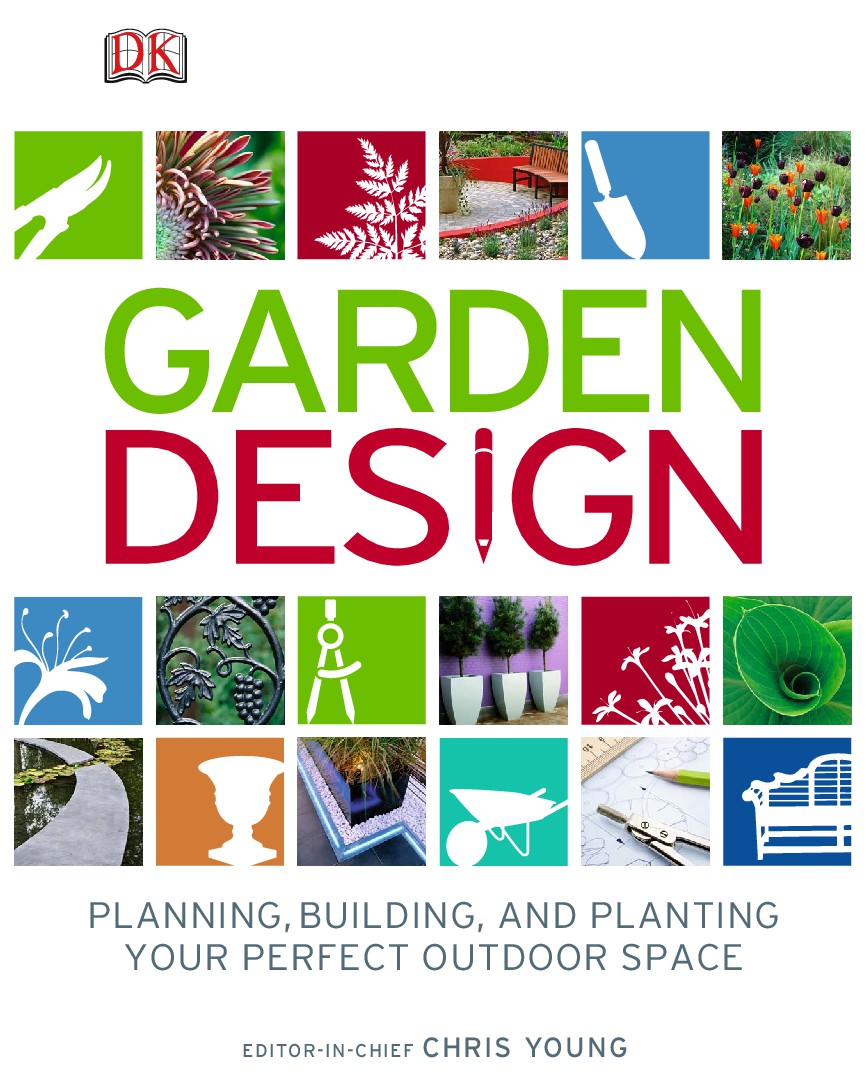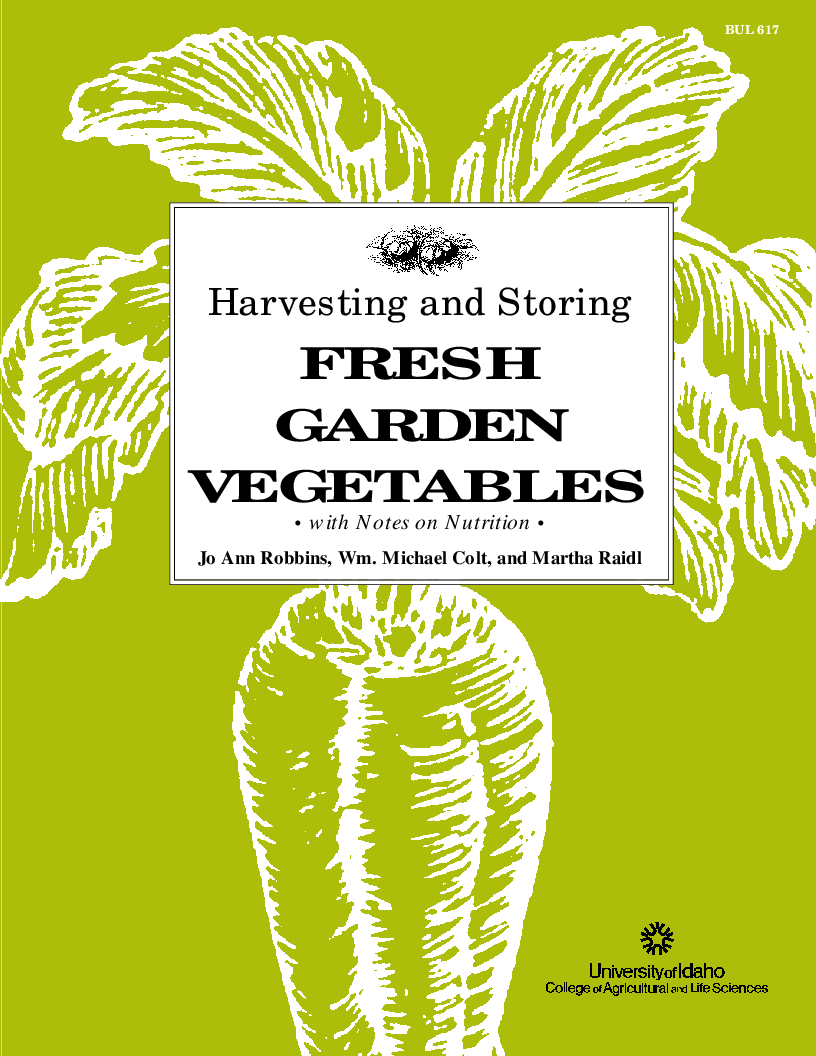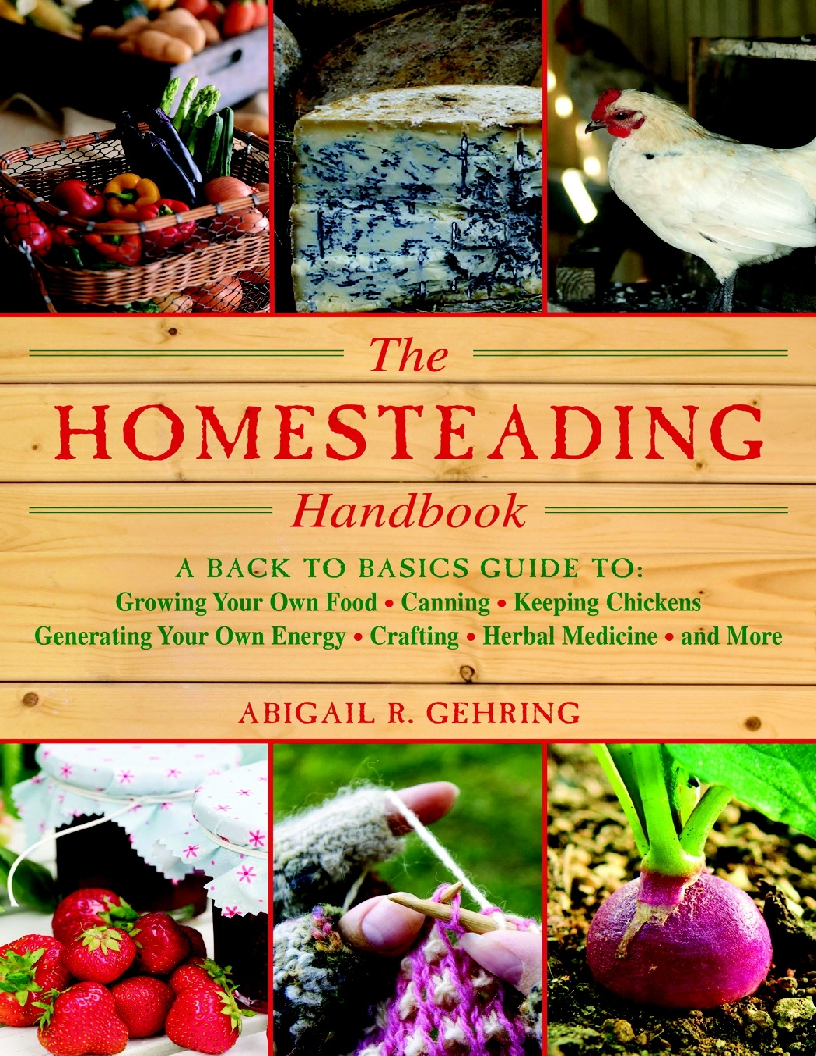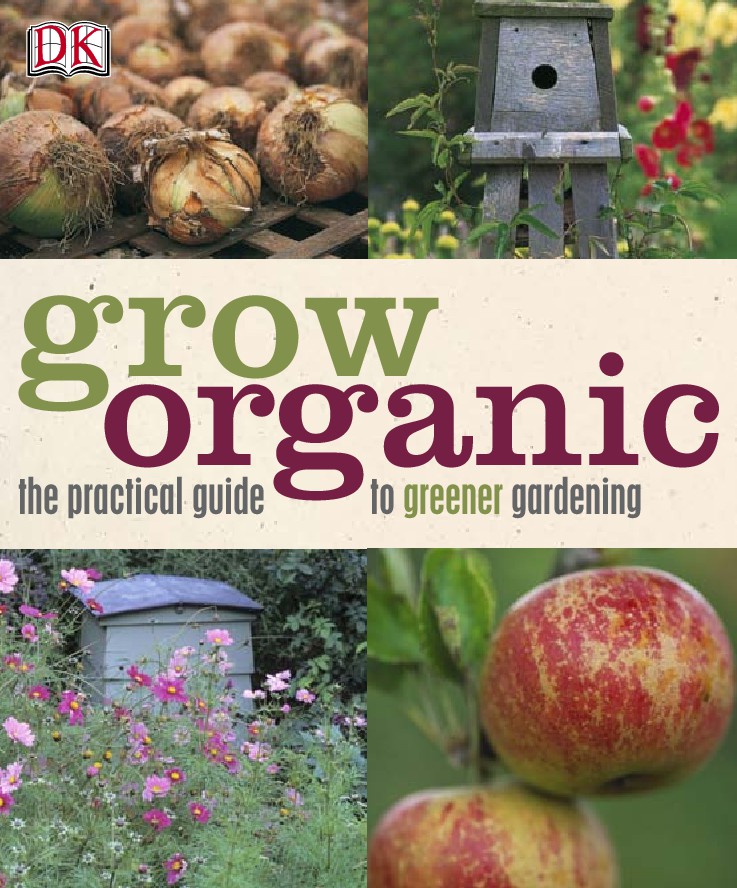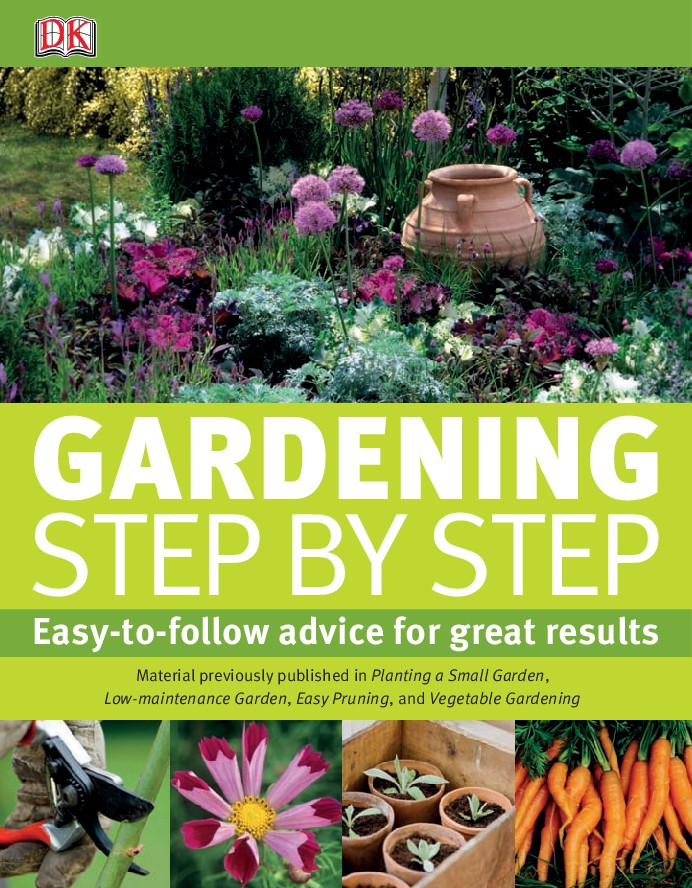Book Details
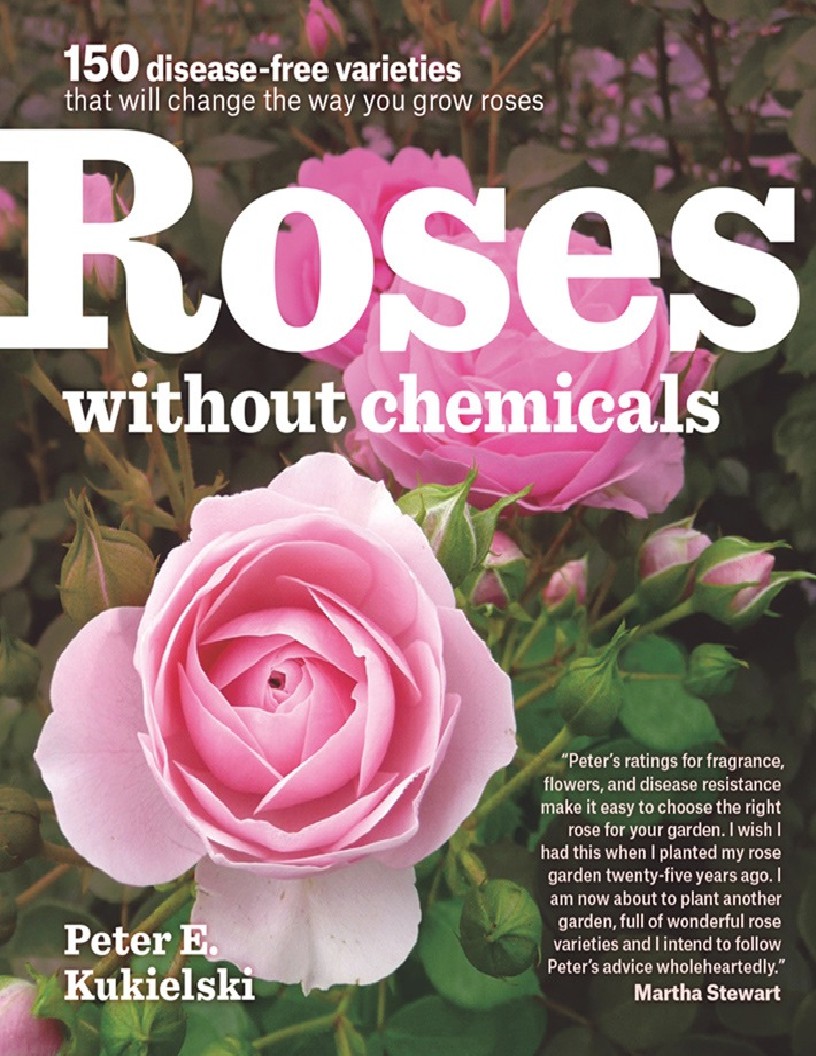
Roses without chemicals
Whether you are a home gardener or the steward of a public rose
garden anywhere in the world, I want you to have the confidence to
grow roses, or to grow roses again, without chemicals. That’s my
dream and that’s why I wrote this book. By the time you have finished
reading, I hope you will feel free to grow a huge variety of these
spectacular plants.
Because nearly everyone has heard the phrase “Rose is a rose is a rose is a rose”
I often quote it when talking with people in the Peggy Rockefeller Rose Garden
at the New York Botanical Garden, where I was the curator for eight growing
seasons. These words come from the 1913 Gertrude Stein poem Sacred Emily,
and people have taken the line to mean something like “Things are what they
are.” Ironically, the rose was a very bad example for Stein to use for her
metaphor. Taken as commonly understood, the sentence would mean that all
roses are basically the same, and no matter which pretty picture you see in a rose
catalog, the plants are all going to grow the same, smell the same, and perform
the same. Stein would have been more on target if she had written, “Rose is (not)
a rose is (not) a rose is (not) a rose.” That’s because all roses are not created
equal. Or, more importantly, all roses are not created for the same purpose.
Author: Peter E. Kukielski
Pages: 576
Issue By: eBook 707
Published: 3 years ago
Likes: 0
